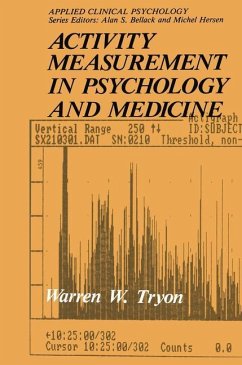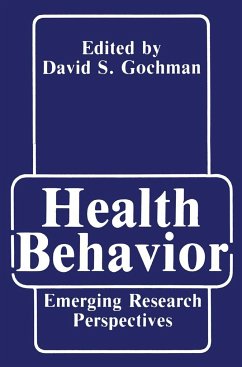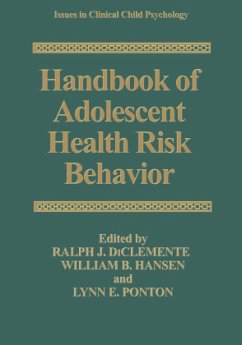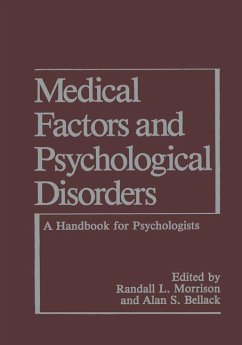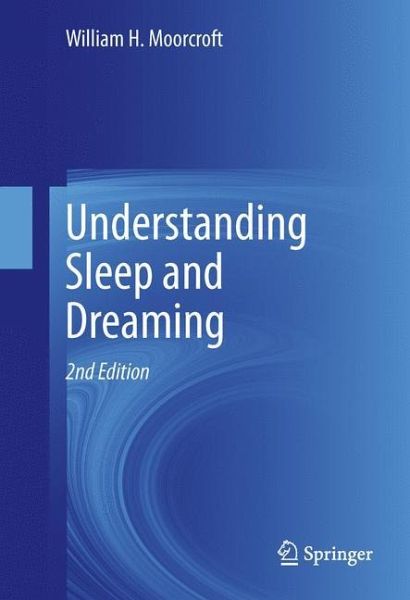
Understanding Sleep and Dreaming
Versandkostenfrei!
Versandfertig in 6-10 Tagen
76,99 €
inkl. MwSt.
Weitere Ausgaben:

PAYBACK Punkte
38 °P sammeln!
An updated edition of Moorcroft's 2003 volume, this new work reflects recent scientific advances in the area of sleep and disorders. As in the previous book, Understanding Sleep and Dreaming, this new edition serves as a compact overview for now sleep experts, covering physiological sleep mechanisms, brain function, psychological ramifications of sleep, dimensions of dreaming, and clinical disorders associated with sleep. It is accessibly written with specially boxed material that enhances the text. It also offers a good foundation for those who will continue sleep studies, while at the same t...
An updated edition of Moorcroft's 2003 volume, this new work reflects recent scientific advances in the area of sleep and disorders. As in the previous book, Understanding Sleep and Dreaming, this new edition serves as a compact overview for now sleep experts, covering physiological sleep mechanisms, brain function, psychological ramifications of sleep, dimensions of dreaming, and clinical disorders associated with sleep. It is accessibly written with specially boxed material that enhances the text. It also offers a good foundation for those who will continue sleep studies, while at the same time offering enough information for those who will apply this knowledge in other ways such as clinicians private practices or researchers. It is an excellent text for courses on sleep at the undergraduate and graduate levels. The section on sleep labs will show how computers have replaced former models of data collection and storage; includes the new area of the genetics of sleep; add a new box on teen sleep; insert a new box on the emerging information about how technology use affects sleep; emphasize the controversy over rampart, wide-spread sleep deprivation; and include a new box covering the connection between sleep loss and weight gain. Additional inclusions might incorporate current "hot topics," such as the effect of shift work on sleep, sleep problems in adolescents, and nightmare treatment for people suffering from PTSD.







